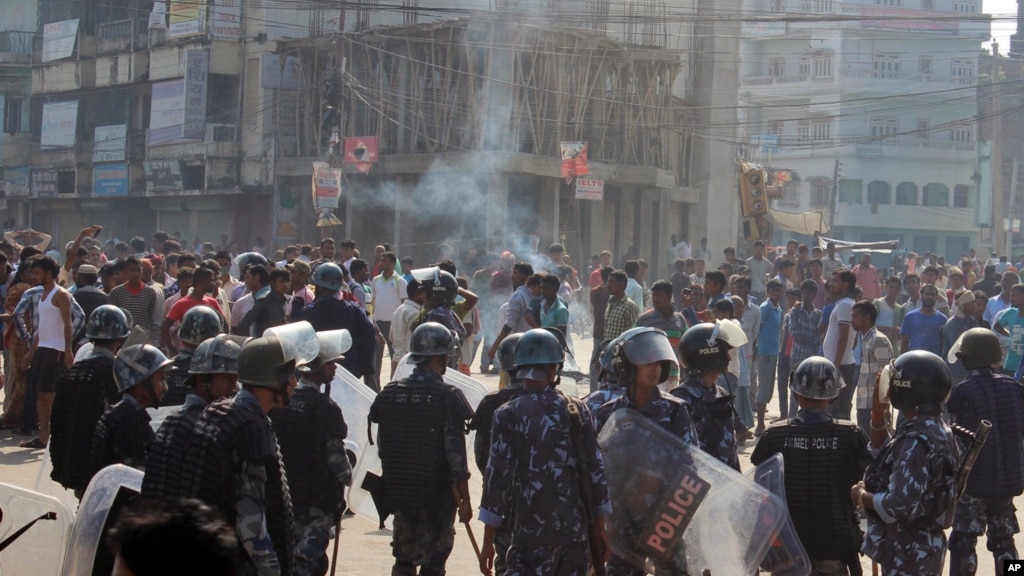By Samuel Miller
Desk Reporter, North America and Oceania
WASHINGTON, D.C., United States of America — On Monday, President Obama announced a ban on solitary confinement for juvenile offenders in the federal prison system, stating the practice is overused and has the potential for devastating psychological consequences. President Obama said he came to his decision after a review by the Justice Department determined the practice reduces the chances that prisoners can be rehabilitated into society.

The reforms would affect about 10,000 inmates who are serving time in isolation in the federal system.
The department review yielded a series of recommendations and 50 guiding principles, which officials have said would aim to ensure solitary confinement was an increasingly rare punishment, to be used only as an option of last resort when inmates posed a danger to staff, other inmates or themselves. The new rules also dictate that the longest a prisoner can be punished with solitary confinement for a first offense is 60 days, rather than the current maximum of 365 days.
Obama said he would take a number of other executive actions, including banning the use of confinement as a punishment for inmates who commit low-level infractions. The president is also directing federal wardens to expand out-of-cell time for all inmates and ensure those in protective custody are housed in less restrictive conditions.
“The United States is a nation of second chances, but the experience of solitary confinement too often undercuts that second chance,” Obama wrote in an op-ed for the Washington Post. “Those who do make it out often have trouble holding down jobs, reuniting with family and becoming productive members of society. Imagine having served your time and then being unable to hand change over to a customer or look your wife in the eye or hug your children.”
The President’s decision follows similar actions in some states, as leaders rethink their correctional practices for the first time in decades.
For example, California settled a landmark lawsuit last year by agreeing to an overhaul of its prison system that included strict limits on the prolonged isolation of inmates. Additionally, Colorado and New Mexico have reduced the number of people in solitary confinement.
In recent weeks, Illinois and Oregon have announced they will exclude seriously mentally ill inmates from solitary confinement, and last month New York State reached a five-year, $62 million settlement with the New York Civil Liberties Union, in which it pledged to significantly cut the number of prisoners in solitary as well as the maximum time they could stay there.
Said President Obama: “We believe that when people make mistakes, they deserve the opportunity to remake their lives. And if we can give them the hope of a better future, and a way to get back on their feet, then we will leave our children with a country that is safer, stronger and worthy of our highest ideals.”
In his final year in office, Obama has said that he’d redouble his efforts on criminal justice reform, including improving conditions in federal prisons and encouraging states to adopt new rules that hew more closely to updated research on corrections facilities.
The executive order will only apply to federal prisons; most inmates in the US, however, are held in state prisons.
For more information, please see:
BBC News — Obama bans solitary confinement for juveniles and low-level offenders – 26 January 2016
CNN — Obama bans solitary confinement for juveniles in federal prison – 26 January 2016
Daily Caller — Obama Bans Solitary Confinement For Juvenile Prisoners – 26 January 2016
Washington Post — Obama bans solitary confinement for juveniles in federal prisons – 26 January 2016
NY Times — Obama Bans Solitary Confinement of Juveniles in Federal Prisons – 25 January 2016
The Hill — Obama bans solitary confinement for federal juvenile inmates – 25 January 2016
USA Today — Obama restricts use of solitary confinement – 25 January 2016


